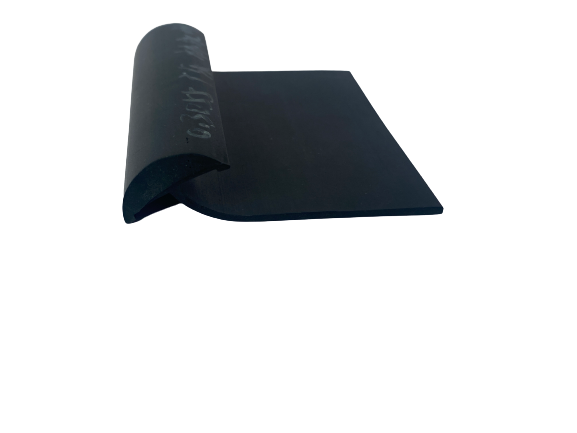Nov . 23, 2024 15:29 Back to list
under the door weather seal
Understanding Under the Door Weather Seals A Comprehensive Guide
As homeowners strive to create a comfortable and energy-efficient living space, one often-overlooked detail can make a significant difference the humble weather seal placed beneath doors. While seemingly minor, under the door weather seals play a critical role in maintaining the internal climate of a home, preventing drafts, conserving energy, and protecting against pests and moisture. This article explores the importance of these fixtures, the different types available, and tips for proper installation and maintenance.
The Importance of Weather Seals
1. Energy Efficiency One of the primary functions of a weather seal is to prevent conditioned air from escaping the home. Air leaks around doors can lead to significant energy loss, forcing heating and cooling systems to work harder and, consequently, increasing energy bills. Research indicates that homeowners can save up to 20% on heating and cooling costs simply by sealing gaps and cracks.
2. Comfort Drafts can lead to uncomfortable living spaces, especially in extreme weather conditions. A good weather seal reduces temperature fluctuations by blocking outside air, ensuring that the indoor environment remains consistent and comfortable.
3. Pest Control In addition to air and moisture, under door gaps can also provide entry points for unwanted pests. Weather seals act as a barrier, preventing insects and rodents from invading your home, which is crucial for maintaining hygiene and avoiding infestations.
4. Moisture Protection In areas prone to rain or snow, weather seals can help keep moisture out. Water damage can lead to mold and mildew growth, which poses health risks and can lead to expensive repairs. A well-installed weather seal helps keep water at bay, protecting both your property and your family's health.
Types of Under the Door Weather Seals
Weather seals come in various materials and designs, each suited for different applications
1. Rubber Seals Durable and flexible, rubber seals are effective at blocking both air and moisture. They are often used in external doors and can easily adapt to the door’s movement, maintaining a tight seal.
2. Vinyl Seals Lightweight and cost-effective, vinyl seals are typically used for interior doors. They offer decent insulation but might not withstand extreme weather conditions as well as rubber.
3. Brush Seals Featuring bristles that brush against the flooring, these seals allow for some motion while still providing a barrier against air and pests. Brush seals are particularly effective for doors that open frequently.
under the door weather seal

4. Saddle Seals These are mounted to the floor and act as a barrier across the bottom of the door. They are often made of metals or heavy-duty plastic, providing excellent durability and resistance against moisture.
5. Magnetic Seals Commonly used in refrigerator doors and some exterior applications, magnetic seals ensure a tight closure, making them suitable for high-performance needs.
Installation and Maintenance Tips
To maximize the effectiveness of under the door weather seals, consider the following installation and maintenance tips
1. Measure Accurately Before purchasing a weather seal, measure the width and height of your doors accurately. A snug fit is crucial for optimal performance.
2. Choose the Right Type Consider the climate and conditions your home faces. For instance, residents in humid areas may benefit more from rubber seals due to their moisture resistance.
3. Clean the Surface Before installation, clean the bottom of the door and the surface where the weather seal will stick. Dirt and debris can prevent a tight seal.
4. Follow Manufacturer Instructions Each type of weather seal may have specific installation guidelines. Following these ensures that the seal functions as intended.
5. Regular Checks Periodically inspect your weather seals for wear and tear. Replace them as necessary, especially before seasonal changes.
6. Use Additional Insulation For maximum energy efficiency, consider complementing your weather seals with other insulation methods, such as door sweeps or draft stoppers.
In conclusion, under the door weather seals are a small but essential investment for any homeowner. They enhance energy efficiency, improve comfort, prevent pests, and protect against moisture damage. Understanding the different types available and taking proper care in their installation and maintenance can lead to significant long-term benefits for your home. So, as you prepare to tackle home improvement projects, don’t overlook the power of a simple weather seal—it may just be the solution you need for a cozier, more efficient living space.




